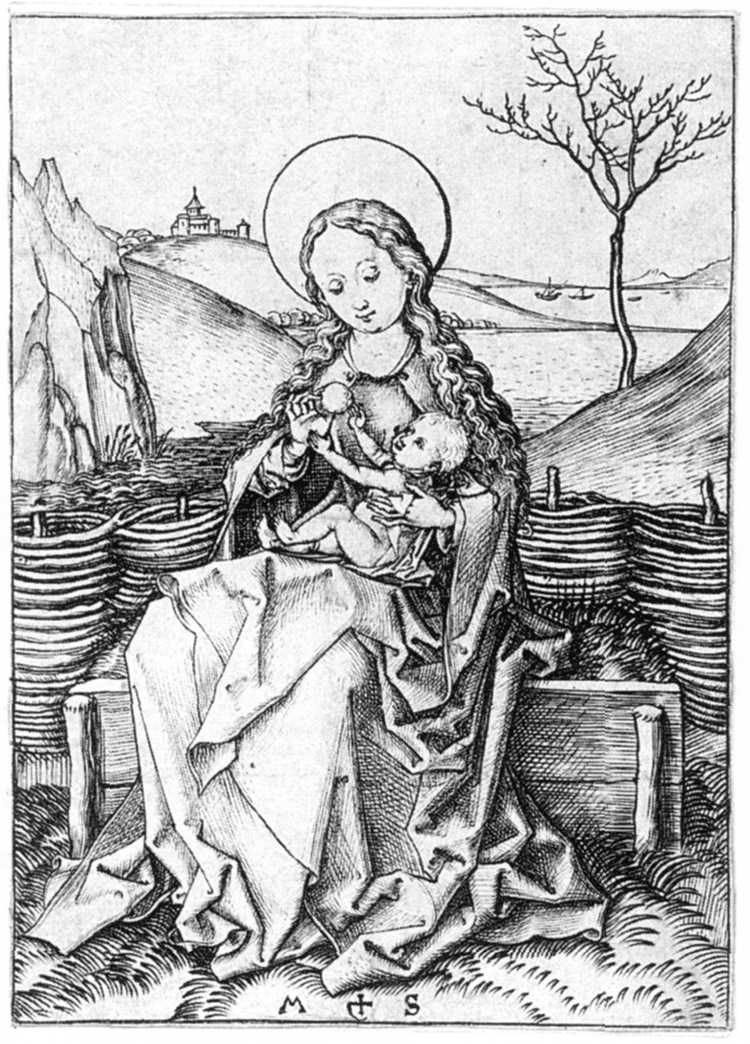Garden Design in The Middle Ages
After the fall of the Roman Empire in the 5th Century, the Church began to lead the way in Garden Design.
After the fall of the Roman Empire in the 5th Century, the Church took over in leading the way in Garden Design. Monastery Cloister Gardens began to appear all over Europe, and drew heavily on the Roman and Greek Peristyle Gardens. This is not necessarily homage to the Romans, rather a by-product that early monasteries were created by re-purposing Roman Villas that already contained this type of garden layout. Cloister Gardens were surrounded by covered walkways with a grassy interior and provided monks with a contemplative space within the the confines of the monastery. Records indicate that most early cloisters were very simply planted with native grass, kept low by regular scything. The advances made in planting design by the Romans were no longer used or improved upon. Over time, these simple cloister gardens evolved into the Hortus conclusus, Latin for "enclosed garden", this term became synonymous with the Virgin Mary as she was often depicted in enclosed gardens in artwork as a symbol of her impenetrable purity. This religious allegory carried over into real life with plants being selected in the Hortus conclusus that were highly symbolic, for example, the red rose for the blood of Christ and martyrs, and the white rose for Virgin Mary.
The church also innovated in utilitarian types of gardening: during this period, medicine was administered by monasteries and herb gardens were created as "pharmacies" for growing medicinal herbs. Saint Fiacre, the patron saint of gardeners was a pioneer of these healing gardens, which later became known as "physic gardens". The medieval healing gardens developed the concept of raised planter beds that are still commonly used today for edible gardens.
Some of the earliest mentions of the use of grass as an ornamental ground cover are found in the middle ages. Albertus Magnus wrote one of the earliest known texts on garden design, "De Vegetabilibus", in which he wrote instructions on how to create a lawn. Perhaps the most interesting garden design innovation of this period is the "turf bench", which was essentially a raised bed planted with turf for sitting on. These turf benches are a common element in medieval paintings from this period, with many of the Hortus conclusus depictions of the Virgin Mary invariably showing her sitting or leaning against a turf bench.
The cloister gardens begin to establish some common design layouts, typically with the garden split into 4 quadrants with 4 paths leading to a central area, a design theme that is very reminiscent of the chahar bagh designs pioneered in the Islamic world over a thousand years prior. Towards the later part of the middle ages, European garden design starts to gain in sophistication, with fountains becoming a central feature but the secluded nature of medieval gardens persists, and is not until the Renaissance period that we start to see gardens that look outward.








